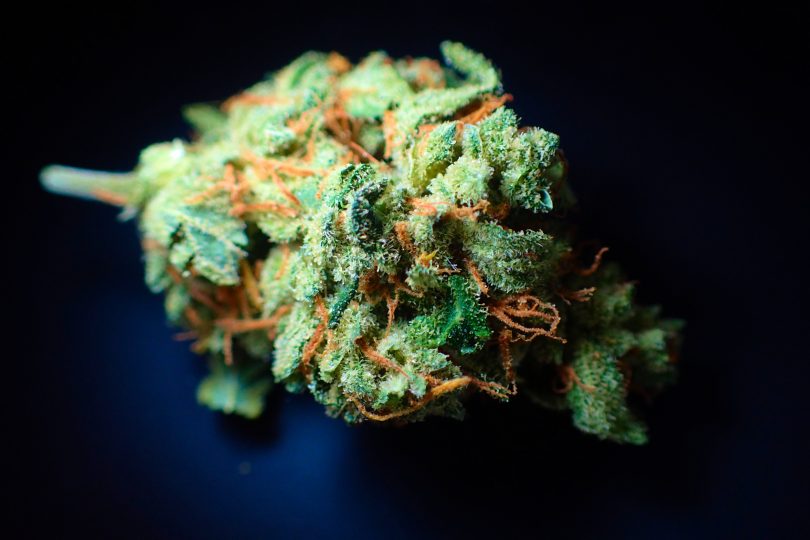A 2020 investigation in The Plant Journal reported some fascinating discoveries on cannabis trichomes. [1] Specifically, researchers looked at “internal anatomy, biochemistry, and transcriptome.” We already unveiled some of these secrets: for example, sessile trichomes appear to become stalked trichomes as cannabis matures. But other secrets remain, particularly relating to transcriptome and plant chemistry.
Transcriptome refers to the ribonucleic acid (RNA) read-outs, or transcripts, of genes, and illustrates how genes are expressed in an organism. In this case, the study authors were interested in the expression of genes in trichomes that cause cannabinoid and terpene synthesis. They isolated and analyzed three trichome types from mid-stage Finola flowers: small bulbous, pre-stalked/sessile, and stalked.
Gene expression related to mitochondrial electron transport, lipid metabolism, and secondary metabolism (e.g., terpenes) dominated all trichomes. There were no significant differences in this regard between pre-stalked and stalked trichomes; that said, pre-stalked trichomes produced fewer cannabinoids and more sesquiterpenes. Monoterpenes and cannabinoids were more numerous in stalked trichomes.
There was a significant increase in secondary metabolic expression when comparing sessile and stalked trichomes to the smaller bulbous trichomes. Furthermore, co-expression of certain genes was unique to trichomes compared to all other plant tissue. Namely, cannabidiolic acid synthase co-expressed with myrcene, terpinolene, and β-ocimene synthases.
Pathways relating to cannabinoid production were also highly expressed in trichomes relative to other plant parts. These included the methylerythritol phosphate (MEP) pathway, which produces geranyl diphosphate and olivetolic acid, each involved in the synthesis of cannabinoids and terpenes.
In other words, both sessile and and stalked trichomes are cannabinoid and terpene factories. The authors note that “similarities between the mature stalked and floral premature stalked trichomes’ transcriptomes provide an additional line of evidence supporting the model that the majority of calyx sessile trichomes develop into stalked trichomes as the flowers mature.” [1]
The study suggests a spectrum of trichome development and reveals impactful differences in the chemical composition of trichome types.
Reference
- Livingston SJ, et al. Cannabis glandular trichomes alter morphology and metabolite content during flower maturation. The Plant Journal. 2020;101(1). doi:10.1111/tpj.14516. Impact Factor: 5.775 Times Cited: 19 (Semantic Scholar)
Header image: David Cardinez from Pixabay








